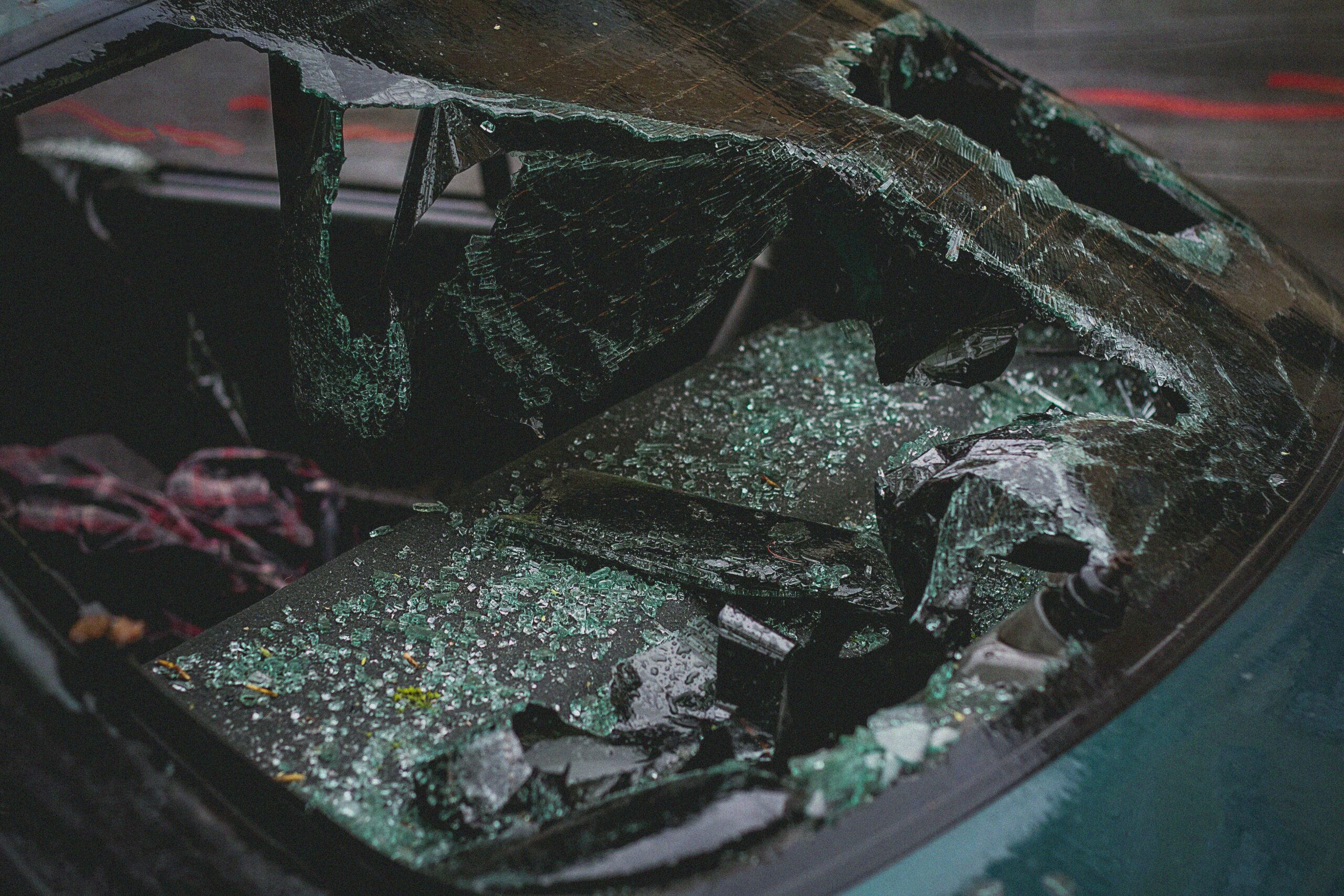Hazing may seem like something that hasn’t been popular for the past 20 or 30 years, but we assure you it is very much alive in Texas and throughout the nation. If you’re a parent to a high school or college student, the idea of your son or daughter getting caught up in hazing can be scary, especially if you have heard about the abuses and deaths that have been associated with hazing in Texas. What is hazing exactly?
It involves an intentional or reckless act that occurs at an educational institution, or off campus. It often involves cheerleaders, high school and college sports teams, fraternity and sorority pledges. Hazing is dangerous to conduct that typically threatens the safety or physical and mental well-being of a student.
Why Do Students Engage in Hazing?
Hazing is a traditional form of initiating a student into a fraternity or sorority, or into a club, or sports team. It may be carried out by one student against another, or it may involve several students acting with each other. Examples of hazing include, but are not limited to:
- Whipping
- Beating
- Striking
- Burning
- Electric shock
- Sleep deprivation
- Confinement in a small space
- Exposure to the elements
- Forcing the victim to take illegal drugs
- Placing a harmful substance on the body
- Forcing the victim to eat disgusting things
- Forcing the victim to drink a large amount of alcohol
Hazing is illegal and is often charged as a Class A or B misdemeanor. Even failing to report it is a Class B misdemeanor. But beyond the illegal element, if someone is seriously injured during hazing, he or she can file a lawsuit against the legally liable parties and if a student is killed during a hazing incident, their surviving family members can file a wrongful death lawsuit on their behalf.
Next: Can Hazing Lead to a Civil Lawsuit?
To file a personal injury claim for hazing in Plano or the surrounding areas, contact The Zendeh Del Law Firm, PLLC.








